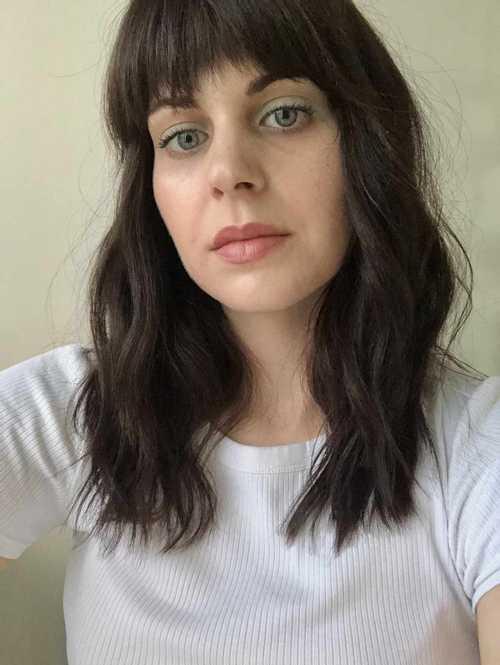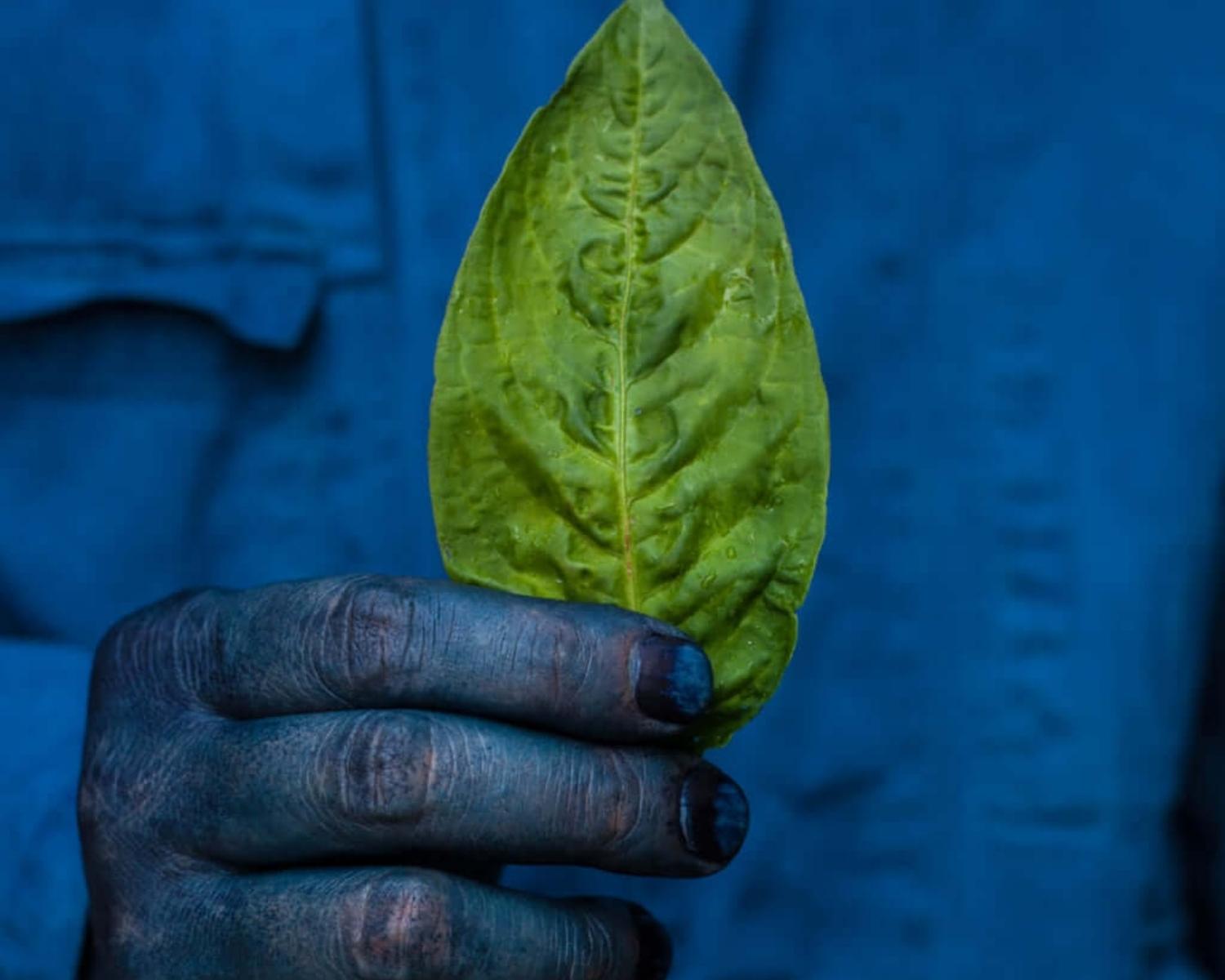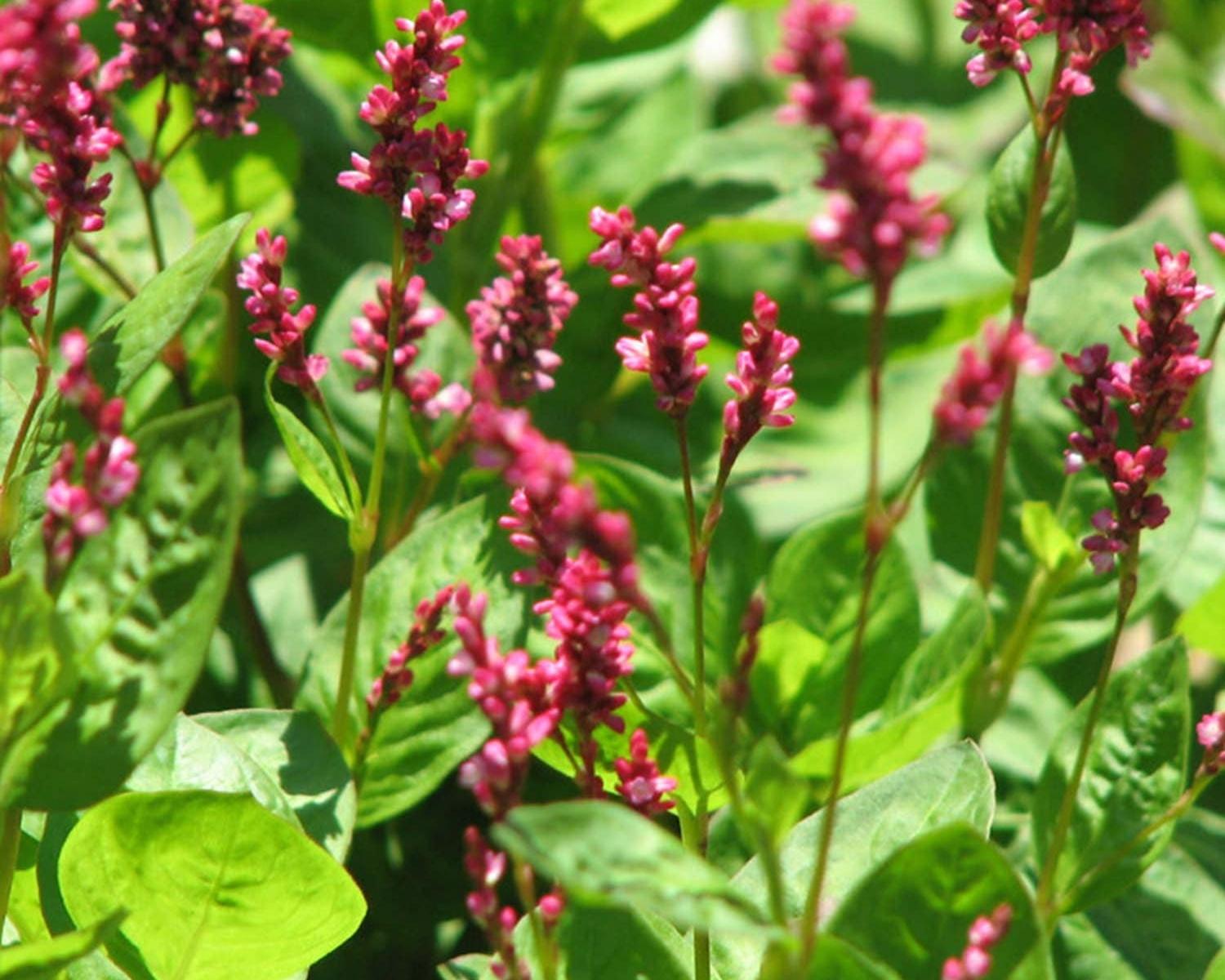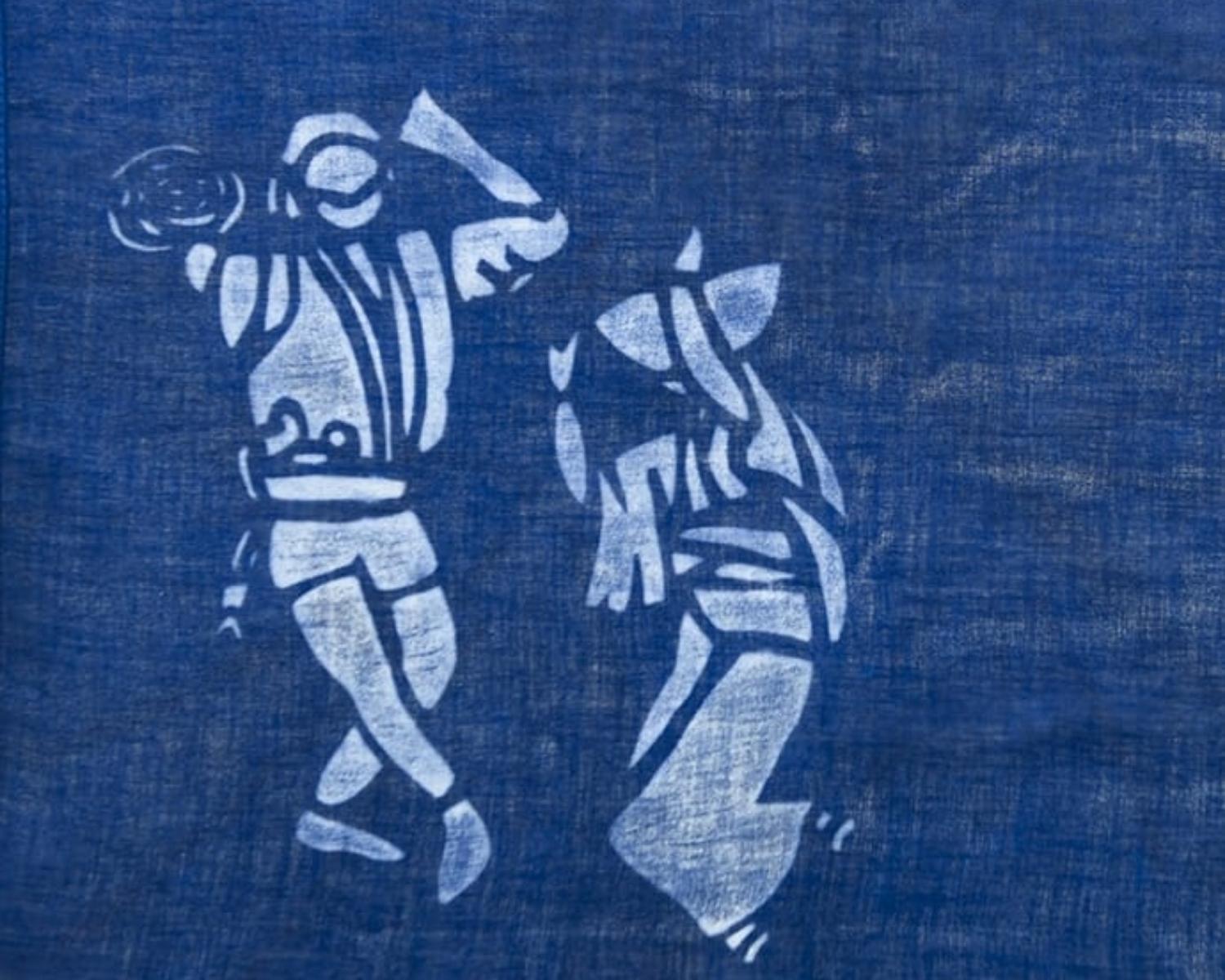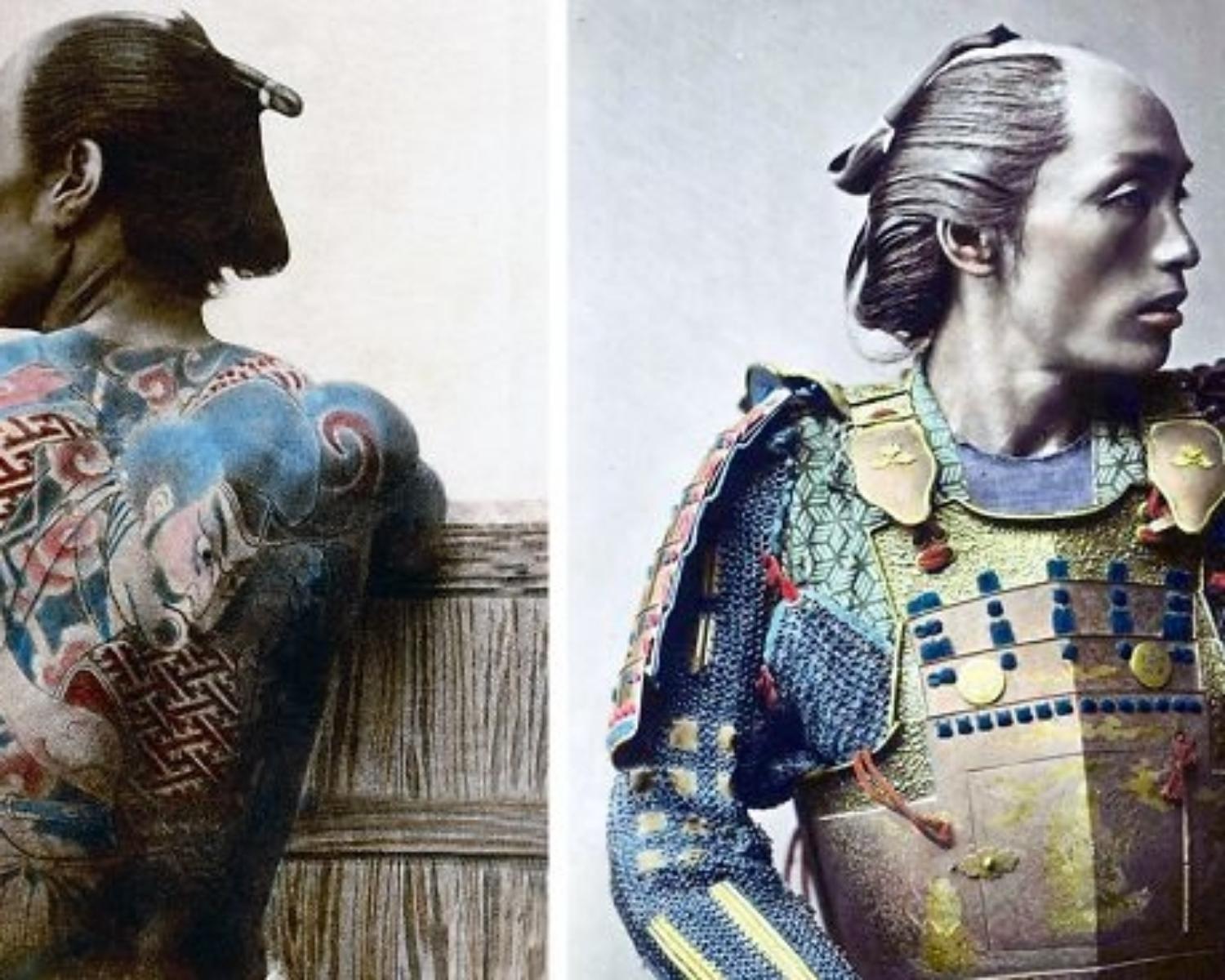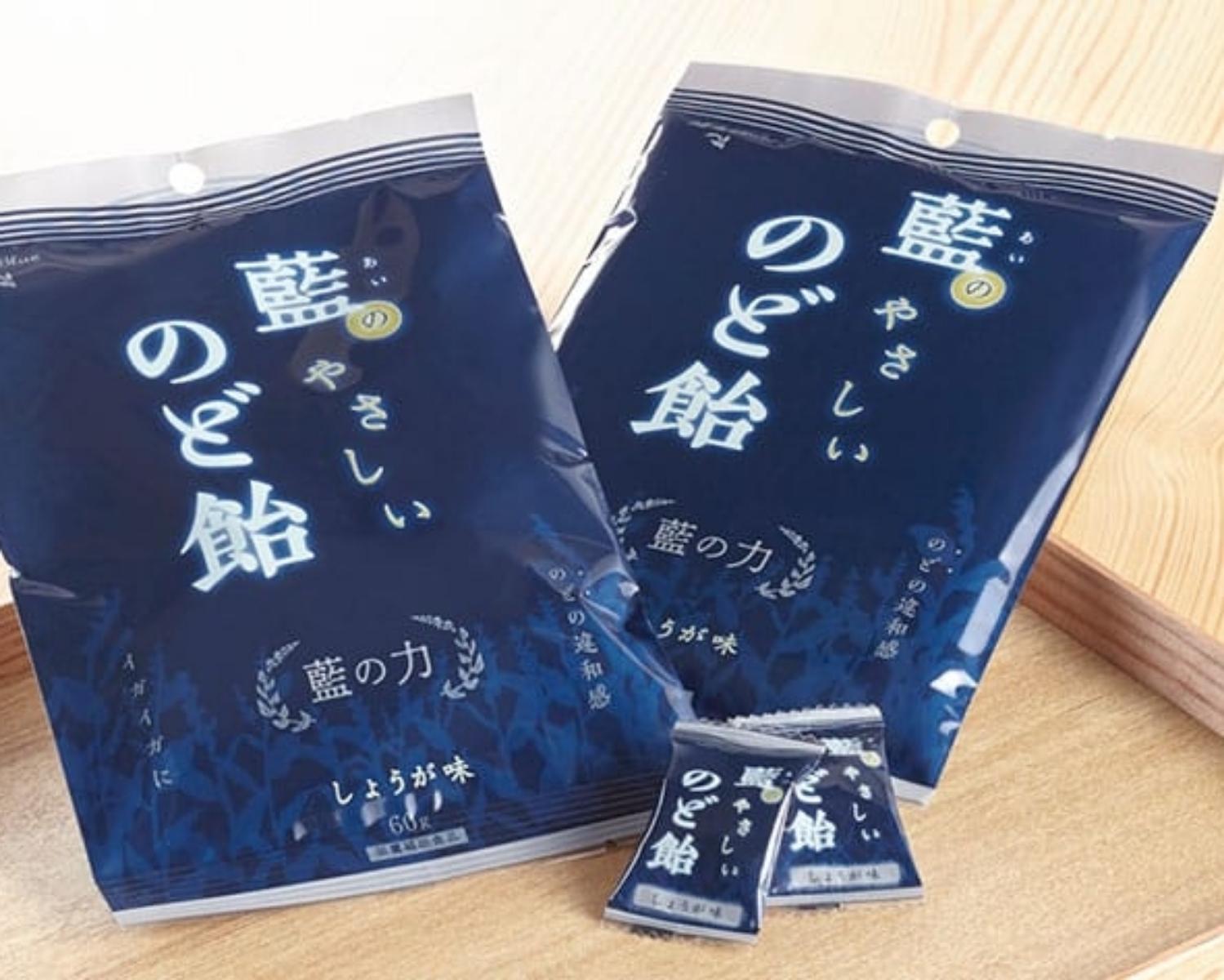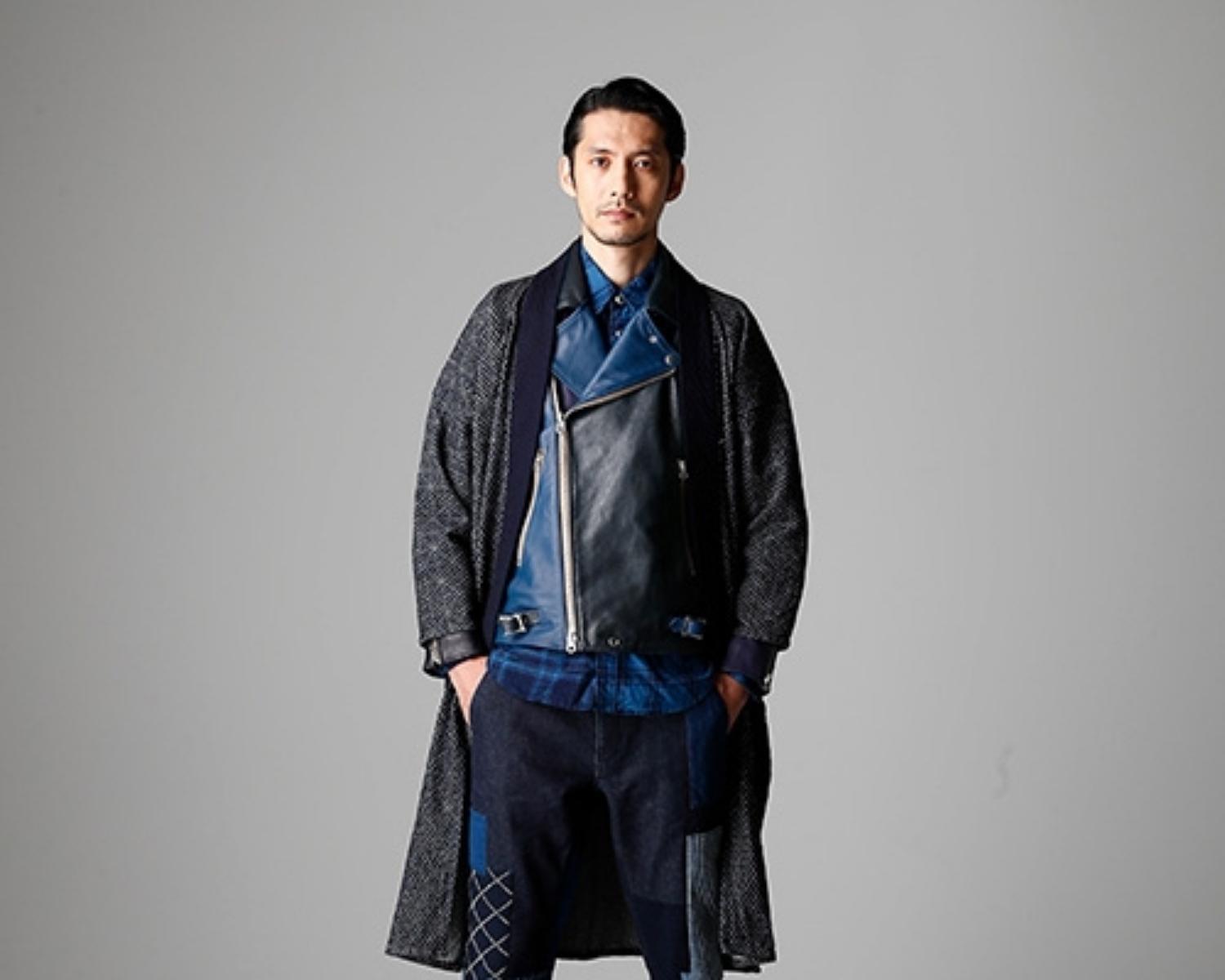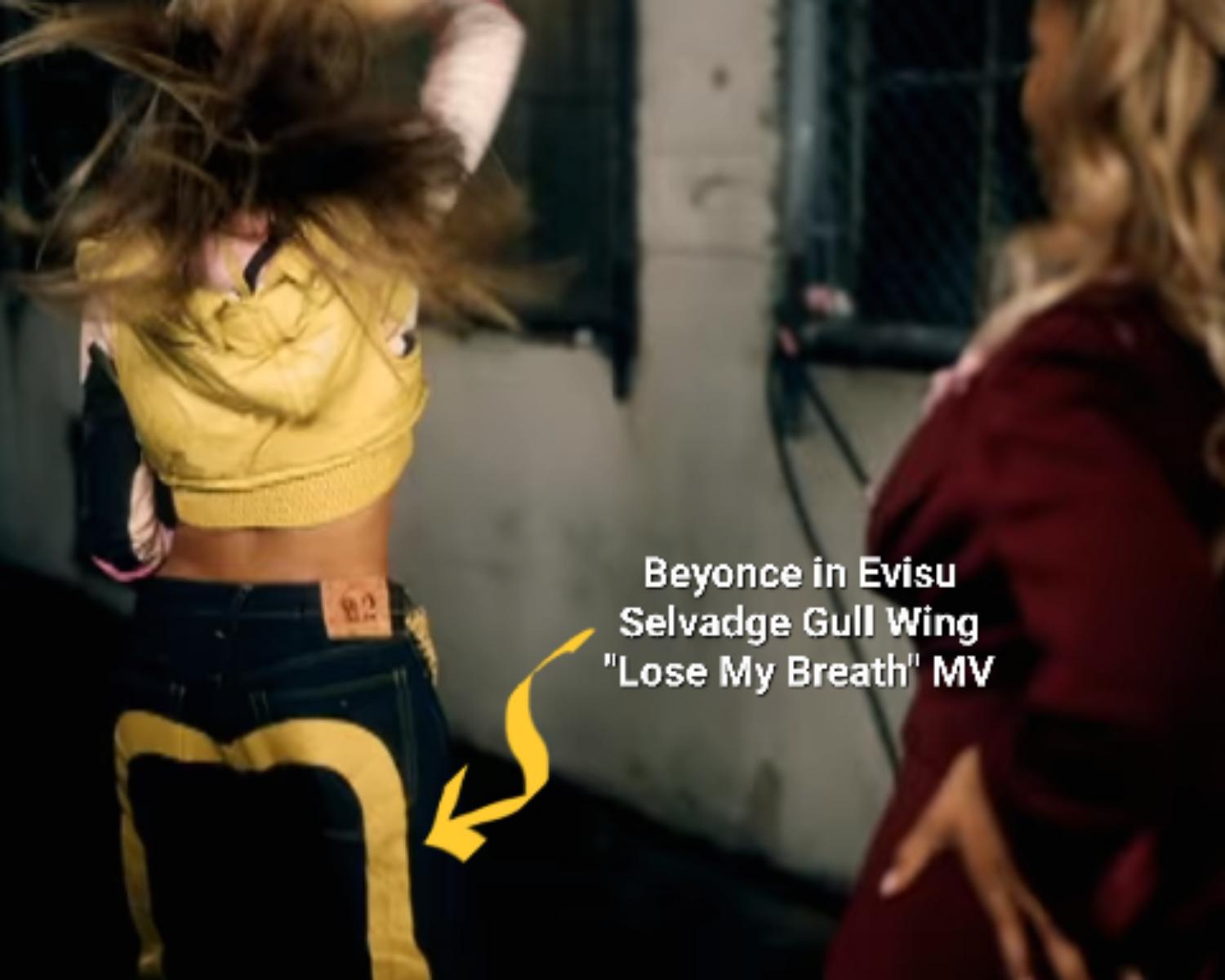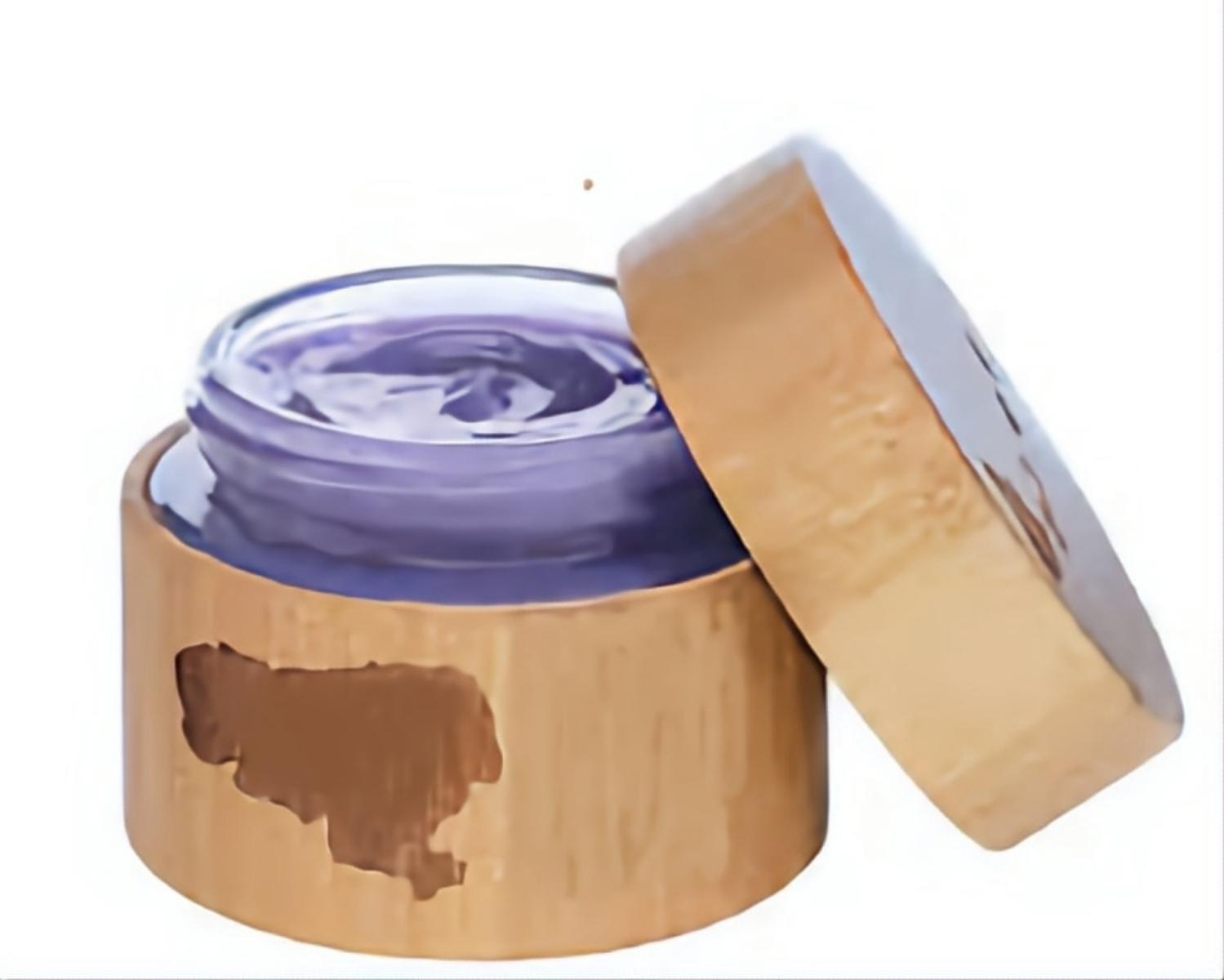Explore the World's Best Ideas
Join today and uncover 100+ curated journeys from 50+ topics. Unlock access to our mobile app with extensive features.
Persicaria(syn Polygonum) Tinctorium a.k.a. Japanese Indigo
Persicaria (syn Polygonum) Tinctorium popularly known as Japanese Indigo is a gorgeous flowering plant despite being part of the taxonomic family with the unfortunate name “buckwheat” and “knotweed.” It is native to Eastern Europe and Asia. Distinctive in color, this beautiful botanical has long been regarded for its antibacterial and skin soothing properties.
13
230 reads
Growing Japanese Indigo
The Indigo botanical stubbornly draws in all of the nutrients in the soil around it as it matures, making it difficult to grow as it eventually saps the soil of nutrients.
Tatcha's natural Japanese Indigo comes from a family-run farm on the banks of the Yoshino River, which floods annually to replenish the soil with vital nutrients and minerals.
Though it has been used for centuries, traditional knowledge on the uses of Japanese Indigo was put aside with the advent of synthetic dyes.
13
119 reads
The Japanese Indigo as Colorant
Indigo dyeing known as aizome dates back to the Edo period (1603-1868), when silk and the brighter colors were reserved for the higher social classes leaving the commoners with cotton and darker colors like indigo. Aijiro indigo is the lightest shade closest to white, while noukon indigo is the darkest shade closest to black.
Tokyo Skytree's body is not white. Its ajiro indigo.
13
75 reads
The Japanese Indigo As a Natural Antibacterial
By the 17th century, Indigo had become widely regarded not just for its robust color, but also for its medicinal properties that transcend mere ointments and oral medication having antibacterial, odor-preventing and insect-repellent properties.
Samurais wore cotton cloth, dyed brilliant blue with Japanese Indigo, underneath their armor to heal injuries from combat and prevent infection. Traditional Japanese firefighters followed suit, using indigo-dyed cloth to protect and heal burns.Today, the hue is often referred to as “Samurai Blue.”
13
60 reads
The Japanese Indigo As An Oral Medicine
Indigo is as an antibacterial known to strengthen the immune system and fight common colds when ingested. It can be extracted by powdering the plant's root, flower and even seeds. Superfood indigo is consumed in teas, salts, and even raw powdered indigo sprinkled on sweets, spices, and smoothies.
14
76 reads
The Japanese Indigo in Fashion
Literally soaked into the fabric of Japan’s cultural history, the art of indigo dyeing continues to have a deep influence and importance on fashion today. New York City-based artist Yuh Okano rose to international attention during the late 1990s when her uncanny ability to craft unique pieces of shibori dyed fabric captured the attention Donna Karan (of DKNY) and Martha Stewart.
The beauty and durability of Japanese indigo dye has made it inextricably linked to products from acclaimed Japanese denim to contemporary fashion.
13
58 reads
Shibori
Shibori is simply the Japanese word 絞り, which translates as to wring or squeeze.
To put it in the crudest terms, you could describe shibori as the traditional, Japanese incarnation of tie-dye, only far more intricate and detailed; uses only 1 color; and predates the 1960s flower power era by over 1000 years, and continues to be a vital practise today.Originating in China, shibori dyeing really gained mainstream traction in Japan during the Edo Period but the earliest examples of shibori textiles date all the way back to the 8th century.
13
40 reads
The Japanese Indigo As A AS A Denim Dye That Dye That Fortifies
Fashion designers and jean makers also love indigo dye because unlike cheaply produced chemical dyes, this natural plant dye gets better with age. Instead of fading out to a tired, worn-out look, indigo’s organic qualities mean that it ages like leather.
Kojima, a town in Okayama, is home to Jeans Street, a street dedicated entirely to what else --jeans! Its road is dyed in indigo and lined with red and white selvedge lines-- tribute to kojima's iconic indigo-dyed denim and the more than 30 jeans shops some of which are highly regarded brands in the world and loved by celebrities like Beyonce.
13
48 reads
The Japanese Indigo For Skincare
Asian countries like like China, Japan, and Thailand, have been using this plant as a remedy for external and internal ailments.
Japanese Indigo combined with other herbs is known to calm and comfort irritated skin.
For Tatcha founder Vicky Tsai, the uncomfortableness of living with eczema is what inspired their award winning Indigo line. Japanese indigo is described in Tatcha's beauty bible as a treatment for itchy, irritated skin whose use stretches back centuries.
13
100 reads
The Japanese Indigo As A Psoriasis Treatment
That's why its not surprising that it's now being touted as a psoriasis treatment: High in tryptanthrin, a nitrogen-rich compound, Japanese Indigo flushes away all toxins and restores balance to the skin. Indirubin another compound derived from its leaves, diminishes and soothes red, dry patches and inflammation while simultaneously strengthening the skin’s natural barrier to boost resilience.
As the American Academy of Dermatology reported those with sensitive skin and conditions like psoriasis could benefit and perhaps could see better results using topical indigo than with topical steroids.
13
52 reads
IDEAS CURATED BY
Jack of all people-related trades, master of none. Majored in Psychology, Customer Service Assoc for a few Years, HR Officer for 4, Manager and ESL Teacher for over 11 yrs now, an artist since birth.
CURATOR'S NOTE
With Tatcha's newly released product that uses Japanese Indigo as its main ingredient, other skincare brands will definitely follow suit.
“
Wil Powers's ideas are part of this journey:
Learn more about health with this collection
The importance of innovation
The power of perseverance
How to think big and take risks
Related collections
Similar ideas
Read & Learn
20x Faster
without
deepstash
with
deepstash
with
deepstash
Personalized microlearning
—
100+ Learning Journeys
—
Access to 200,000+ ideas
—
Access to the mobile app
—
Unlimited idea saving
—
—
Unlimited history
—
—
Unlimited listening to ideas
—
—
Downloading & offline access
—
—
Supercharge your mind with one idea per day
Enter your email and spend 1 minute every day to learn something new.
I agree to receive email updates
